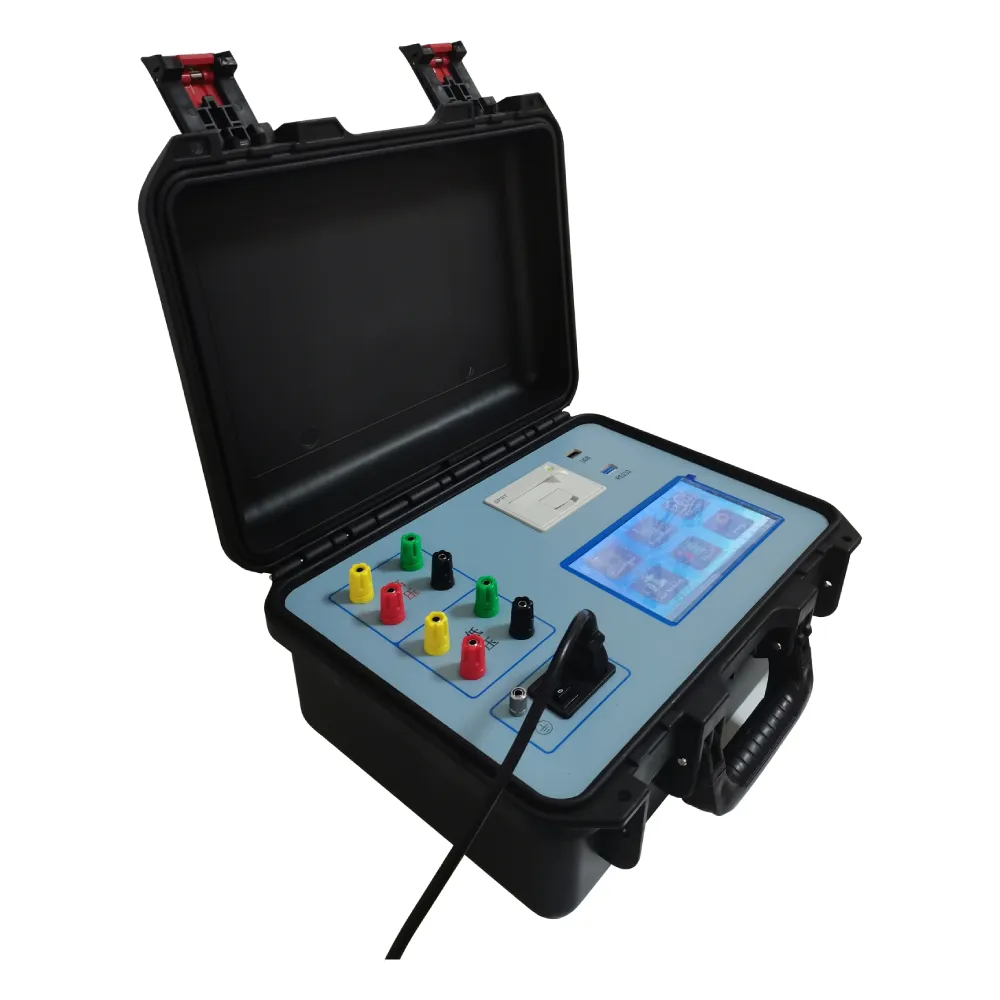 English
English


hipot cable testing
Understanding Hipot Cable Testing An Essential Process for Electrical Safety
Hipot testing, short for High Potential testing, is a crucial procedure in the field of electrical safety, particularly for cables and wiring systems. This method is commonly used to ensure that electrical insulation is effective and that there are no faults that could lead to electrical hazards. In this article, we will explore the significance of hipot cable testing, the methodology involved, and its implications for safety in electrical applications.
What is Hipot Testing?
Hipot testing is designed to verify the integrity of insulation in electrical components and cables by applying a high voltage between the conductor and the earth ground or between different conductors. The primary objective of this test is to identify any insulation weaknesses that could lead to breakdowns, short circuits, or electrical shocks. It serves as a preventive measure, helping manufacturers and engineers ensure that their products comply with safety standards and regulations.
The Procedure of Hipot Testing
The hipot test typically involves the following steps
1. Preparation Before conducting the test, the equipment under test (EUT) is checked for any visible damage. It should be disconnected from any power sources and external connections to avoid interference.
2. Setup The hipot tester is connected to the EUT, with one lead attached to the conductor and the other to the grounding system or the opposite conductor.
hipot cable testing

3. Testing The hipot tester applies a specified high voltage, often dramatically higher than the operating voltage of the cable, for a predetermined duration. Common test voltages range from 500V to 5000V, depending on the cable's rated voltage.
4. Monitoring The test continuously monitors the insulation for any signs of failure, such as excessive leakage current. If the insulation is adequate, there should be a minimal current flow; otherwise, a breakdown indicates a failure.
5. Analysis After the test, results are evaluated. A successful hipot test shows no excessive current flow, indicating that the insulation can withstand high voltages without failing.
Importance of Hipot Testing
The significance of hipot testing cannot be overstated. First and foremost, it is pivotal in ensuring the safety of electrical systems. Poor insulation can result in catastrophic failures, leading to electrical fires, equipment damage, or even serious injuries. Regular hipot testing helps in maintaining electrical equipment, ensuring it operates within safe parameters.
Moreover, in an industry where compliance with safety standards is critical, hipot testing demonstrates due diligence in various sectors, including manufacturing, construction, and maintenance. By performing these tests, companies can mitigate risks, lower liability, and fulfill regulatory requirements.
Conclusion
Hipot cable testing is an indispensable part of electrical safety, acting as a safeguard against potential hazards that can arise from inadequately insulated cables. By adhering to rigorous testing protocols, businesses can protect their workers, equipment, and reputation. In an era where safety and reliability are paramount, incorporating hipot testing into routine maintenance and quality assurance frameworks is essential for any organization that deals with electrical systems. As technology advances, so too will the methodology surrounding hipot testing, ensuring enhanced safety standards for all electrical installations.
-
Differences between open cup flash point tester and closed cup flash point testerNewsOct.31,2024
-
The Reliable Load Tap ChangerNewsOct.23,2024
-
The Essential Guide to Hipot TestersNewsOct.23,2024
-
The Digital Insulation TesterNewsOct.23,2024
-
The Best Earth Loop Impedance Tester for SaleNewsOct.23,2024
-
Tan Delta Tester--The Essential Tool for Electrical Insulation TestingNewsOct.23,2024





